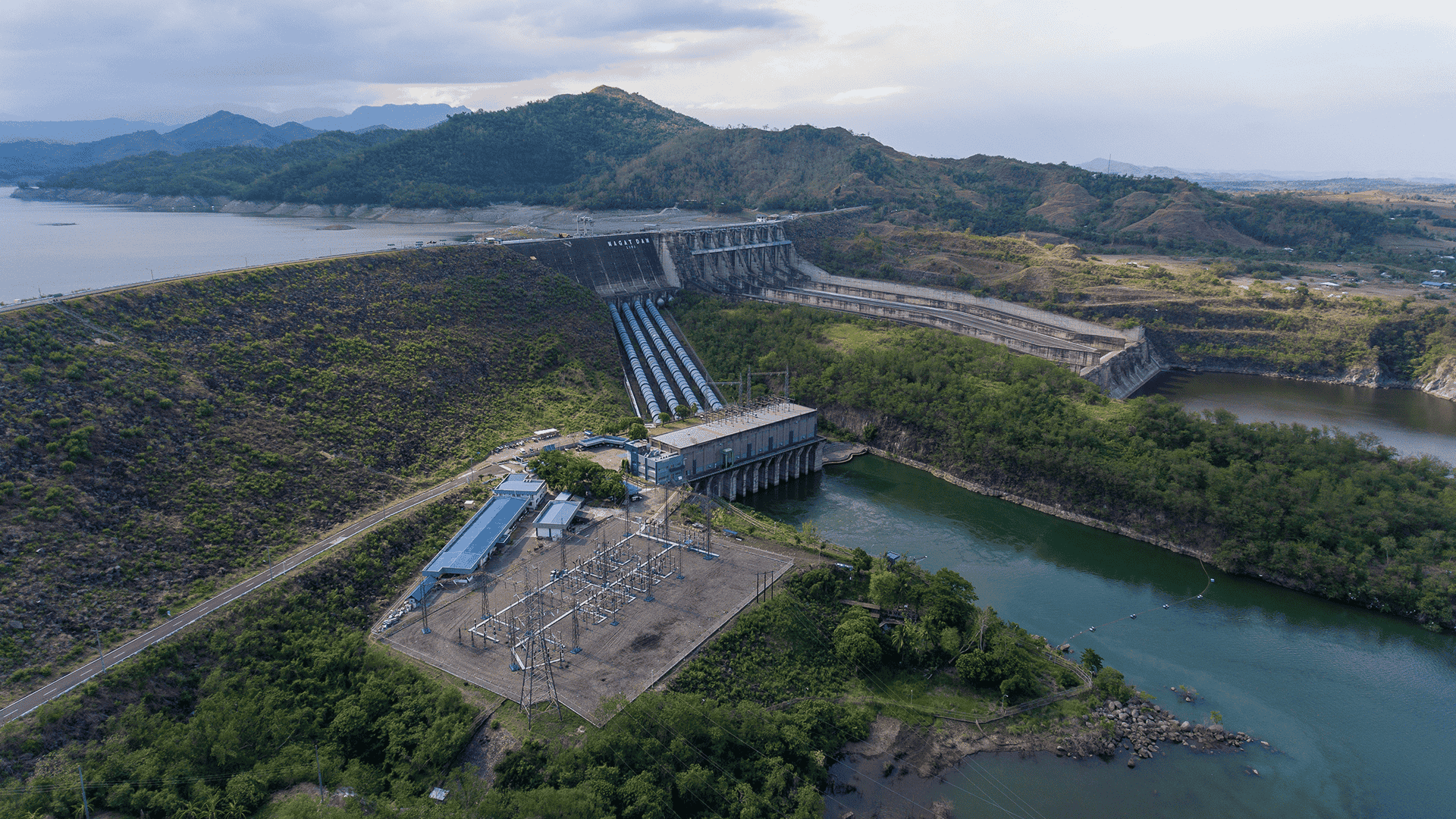Investing in the Energy of the Future
A flick of a light switch, a resonant phone ring, a collective buzz in the city. At the heart of it all is a force that allows us to move from one place to another, keeps us connected with ease, and gives us the ammunition to push boundaries—energy.
We've come far from relying on gas lamps and weeks' worth of journeys to get from one point to another. The technology is there. It has advanced well enough to support emerging technologies. Still, the question of its widespread accessibility and ability to withstand a changing world urges us to shift our attention to exploring— and investing—in the future of energy.

A local and global need
While Metro Manila, Cebu, and Davao boast a bustling economic zone, many parts of the Philippines continue to have difficulties attaining stable, accessible energy. The country's geographical landscape makes it more challenging to connect to main suppliers, making rural areas reliant on energy rationing. On top of that, the growing population, the country's vulnerability to up to twenty tropical storms a year, and its reliance on imports of coal and fuel to power most of the Philippines highlights the need to explore and go all in on the widespread adoption of energy sources that aren't heavily reliant on centralized systems and are smarter, more sustainable for a country like ours.
These issues are highly prevalent in the Philippines. However, the need to shift our attention to a decentralized energy system goes beyond our 7,000+ islands. As the world continues to experience unprecedented effects of climate change, the human need and desire for comfort and convenience will continue to grow, making the demand for electricity and fuel higher. According to the World Energy Outlook 2024, the global oil demand is still projected to grow across India, Southeast Asia, Africa, and the Middle East while its American, Chinese, and European counterparts progress in the production of cleaner energy.
These projections offer two sides of the same coin. On the one hand, it shows how relatively more developed countries have a bigger opportunity to lead the shift into decentralized energy compared to emerging economies. On the other hand, there's great potential and space to make headway for energy decentralization in developing countries following the technological advancements for alternative power sources and the growing energy demand.

When investments make an impact
The opportunity for a cleaner, more decentralized way to power homes, vehicles, and businesses is at an all-time high, with the International Energy Agency (IEA) stating we have enough resources and means to decarbonize at a quicker rate. Investments and innovations could make the transition smoother by easing the cost of adopting the technology and distributing it to the people.
At the moment, China has made the most advancements in decarbonizing energy with its heavy investment in EV (electric vehicles) and solar energy— so much so that by 2030, it's predicted that its energy production through solar could meet the United States' electricity demand. Because of the high investments, policies, and adherence to renewable targets, China owns a big market share as a supplier and distributor of renewable technology.
With the right policies, financing, and incentives to bolster innovation and production, the Philippines could easily catch up with the global energy transition to a more decentralized system. The country boasts a vast archipelago enough to power greener energy sources. Its people have felt the brunt of climate change and an ever-volatile electricity and fuel market. The constant need to be powered will continue to open doors for jobs. All of this makes the country a melting pot for innovation and change.
This has not gone unnoticed. BloombergNEF ranks the Philippines as the second most attractive emerging markets for renewable energy, along with investments from countries to prop up the Philippines' clean energy goals.


The potential is great. The time is now. According to IEA, countries in Southeast Asia must increase their efforts and investments in cleaner energy by five times to reach their target, and while there have been developments in shifting to cleaner energy in the region, the pace and rate it's at will not be able to curb its projected 35% carbon dioxide (CO₂) emissions in the next mid-century.

A more pressing question
To invest in clean, decentralized energy in the Philippines is to invest in the future. Think of energy that does not tie us to the next global fuel and coal price hike, or electricity that depends on transmission lines in a country that has seen the onslaught of tropical storms. Think of what it would feel like to advocate and push for energy innovations and be rewarded for it; where ideas that can power up a home, a vehicle, and a nation never stay in your notebook for too long. Imagine what it would be like to not leave a single barangay behind, where everyone feels empowered through how they are powered.
Imagine the Philippines contributing to the global effort of shifting to cleaner energy that will lessen the damage of global warming, finally shifting the burden of resiliency from its people to the country's structure.
Although that would mean questioning, challenging, and dismantling energy systems we've known for years—decentralizing energy in our country secures us from what the future brings. It's no longer a question of 'if' for a long time, and it's clear that the answer to 'when' is now.
The real question now is: how do we continue to empower policymakers, investors, businesses, or individuals to drive the momentum to power the future we deserve?



-min.png)



